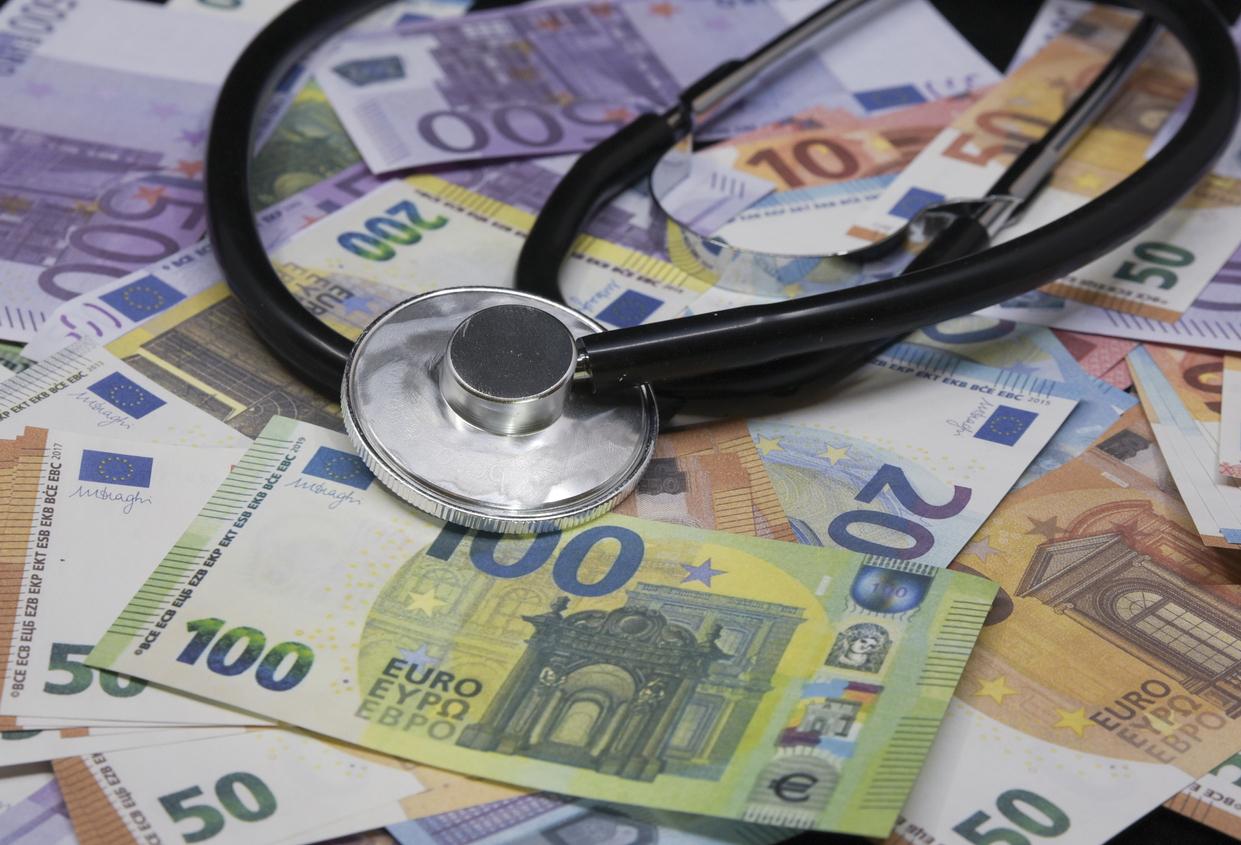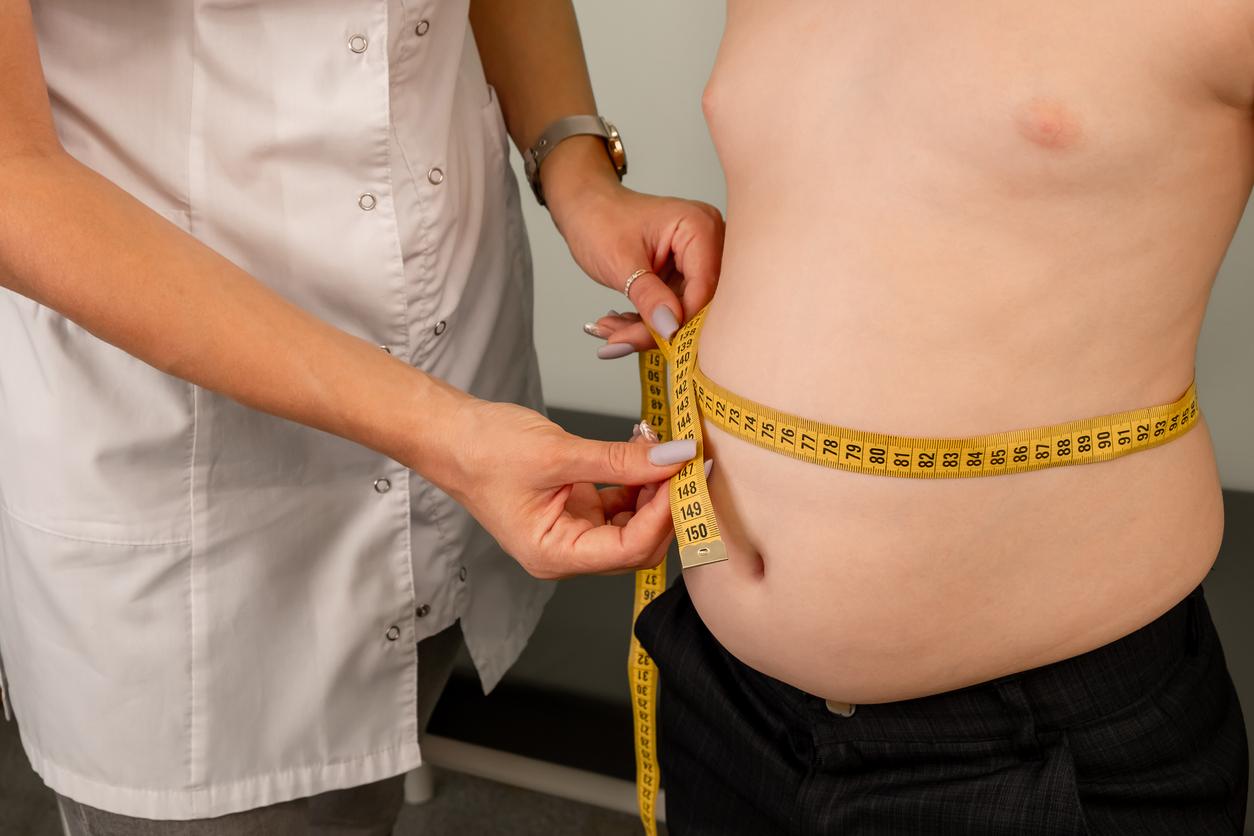The growth in health spending was strongest between 1950 and 1950, a report reveals.

Since the 1950s, the share of health spending in GDP has increased 3.5 times, says a report from Drees, the statistics service of social ministries. In 65 years, it has gone from 2.5% to 8.9% of GDP. The strongest progression took place between 1950 and 1980. A period which corresponds to the development of social security and an increase in the supply of and demand for care.
This study relates more specifically to the consumption of medical care and goods such as hospital care, laboratory examinations, drugs or even consultations with a doctor. The care provided to disabled people and seniors living in retirement homes has not been taken into account.
A period of regulation
After the Second World War and until 1985, the sharp increase observed was linked to “a profound transformation of the hospital system”. Health establishments are emerging from the ground, the density of doctors triples, the paramedical workforce is also on the rise. It was at this time that “the hospital gradually became the pillar of the health system”.
But from 1985, successive governments put a stop to this spending. The various health insurance budgets, the delisting of drugs and the growing share of complementary organizations (mutual funds, provident institutes, etc.) make it possible to regulate expenditure. “Thus, the share of health expenditure in the GDP stagnated between 1986 and 1988, then fell between 1995 and 2000 and between 2004 and 2007”, notes the Drees.
At the same time, the share of Social Security in financing healthcare consumption is decreasing. While it reached a peak in 1980 (80%), it is retreating and stabilizing around 77%. The increase in the proportion of the aging population or those suffering from chronic diseases tends to increase the share of health insurance.
Complementary organizations also finance part of the health expenditure. The share of these players grew between 1990 and 2010, going from 10.4% to 13.4% of expenditure. In addition, “the development of complementary organizations allows a reduction of 2.1 points of the remainder to be paid by households between 1990 and 2010”, indicates the Dress. The portion remaining payable by households is around 8%.
.















